Unless your product is the most intuitive on the planet, it’s likely that you’ll need to rely on technical manuals to help your users. Without a technical manual, companies are heavily dependent on their customer support teams to assist their users, with support queues growing exponentially and chronically dissatisfied customers.
No product is complete without the technical manual. Not only is it useful for helping customers troubleshoot problems, but it can also serve as a vital marketing asset that shows customers how much you invest in their successful onboarding.
Creating a technical manual is no easy feat, which is why in this article we’ll be going through the steps you need to take and a list of best practices.
What is a Technical Manual?
A technical manual can be thought of as a “how-to guide” aimed at helping users to understand the technical aspects of a product. Depending on the product, the technical manual usually contains instructions for the set-up, maintenance, and troubleshooting required for users to be effective.
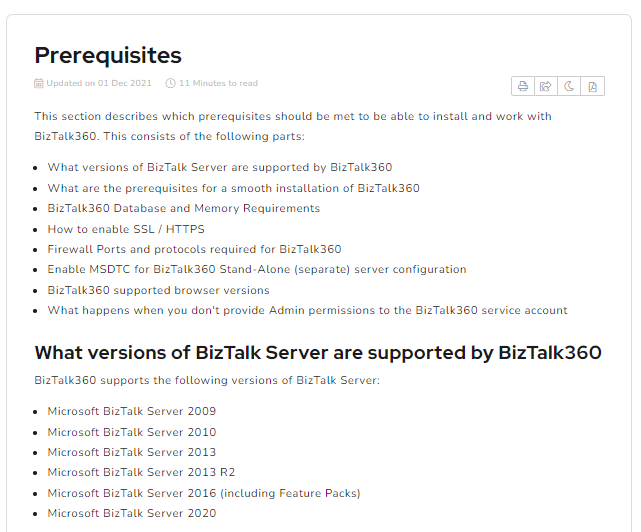
Source: Biztalk360 Documentation
The technical manual not only helps users get started but also assists them with ongoing problems they might face. It usually contains step-by-step instructions and how-to articles that help users tackle any situation that might arise with the product.
A good technical manual should be simplified enough to make sense to the end users. It’s clear and well-structured,
Types of Technical Manual
There are many different types of technical manuals that companies might produce to help their users.
Product Manuals
Product manuals provide users with a basic overview of a product, without going into too much depth. It tells users what the product is for, explains its features, and how to set up, maintain and use the product.
Repair Manuals
Repair manuals are exactly what the name implies – detailed instructions for how to troubleshoot the product in the event an issue arises. It helps users conduct routine maintenance as well as perform major repairs.
Also Read: How to Create an Operation & Maintenance Manual
Troubleshoot Guides
A troubleshooting guide is a structured document that lists common problems that might arise with a system, alongside instructions for how to solve the problem. It diagnoses symptoms, eliminates possible causes, and confirms to the user when the system is operational again.
User Manuals
A user manual is an in-depth guide that helps customers get familiar with your product or service and overcome basic issues with the setup and maintenance. The user manual tells the user exactly how to use the product in its intended manner and helps them get the most out of it.
API Documentation
API documentation is a comprehensive reference manual that explains to users how to work with and integrate the software’s API. It contains details relating to the functions, classes, return types, and arguments, alongside tutorials and practical working examples.
Also Read: What is API Developer Portal with Best Practices & Examples
Software Development Kit Documentation
An SDK is a set of tools, libraries, documentation, code samples, processes, and guides that enable software developers to build software applications on a particular platform.
Release Notes
Release notes are technical documentation that is provided alongside the release of a new software product or update. It usually contains details on how the product has changed, new or enhanced features, and bug fixes.
Why do Businesses Invest in Technical manuals?
There are many reasons why businesses choose to invest their resources into creating technical manuals.
Quick and easy onboarding of users
When you acquire a new user of your product, they are usually excited to get started. The problem is, that most products require a little hand-holding to get set up and guide your user toward success.
This is where technical manuals come in handy. New users can refer to your technical manual to help them install and launch your product, decreasing the time it takes for the user to become proficient with your product.
Guide users to operate in a safe environment
Some products can present a potential danger to users if operated incorrectly. Technical manuals can provide the relevant warnings to make sure users interact with the product safely, such as the correct temperature for storage or keeping it away from liquids.
Improve customer experience with your product
When users understand how to use your product correctly, this enhances the customer experience. They have access to helpful resources that can provide instant answers to any questions they might have, without the necessity to contact customer support.
If customers can self-serve their own problems with your product, they feel less of a sense that they have been inconvenienced. Your company has already anticipated scenarios where users might need help, resulting in more successful and satisfied customers.
Effective training materials for operators and new users
Many products require an explanation before they can be used effectively, or instructions to help troubleshoot if the product doesn’t work as expected. Technical manuals are therefore useful training materials for operators and new users of the product, allowing them to get familiar with your product as they use it.
When customers are effectively trained with your product, they can become power users without having to reach out to customer support. This reduces the chance that they will churn.
Avoid liability due to product misuse
When you include correct usage instructions in your technical manual, you are protecting your company against liabilities that might arise through the use of your product. When you include the relevant warnings and disclaimers, you are able to present a valid defense against liability in the case that customers have ignored them.
Improve customer retention
Customers who enjoy using your product are more likely to keep using it in the long term. Providing helpful technical documentation can help in the retention of customers by enabling them to overcome common problems by themselves. If customers experience a high level of frustration with your product, this makes them more likely to stop using it or to return it.
The technical manual is an investment in the company’s relationship with the customer. The company is taking responsibility for the customer’s success and ensuring that the product keeps working.
How to Write a Stunning Technical Manual
Now we’ll go through the exact steps you need to take to write a highly effective technical manual.
Step-1: Define your target audience
The very first step you need to take in the process of writing your technical manual is to define your target audience. You may think you know your customers, but the reality is businesses are frequently operating on assumptions and misconceptions.
Get to know your users. Find out how they are using your products, what their challenges are, and their level of technical expertise. This will enable you to pitch your manual at the right level without pushing your users beyond their current skills.
Your customer support team can be a valuable resource when it comes to learning about your customers. They will be able to tell you what questions customers frequently ask and how customers are using your products.
Step 2: Design a template
All of your documents within your technical manual should follow a predefined structure. When your users know what to expect, this improves their experience of the manual and makes your content more consistent. This is especially critical when you are using a team of writers to create your manual, as you most likely will be.
The template should contain vital information relating to the structure of the document. This includes whether to use a table of contents, the headings and subheadings, as well as formatting options.
Having a standardized template gives your writers an easier time when it comes to creating new content. They can follow a set of predefined rules that your organization has put in place to ensure the correct presentation of content.
Step 3: Outline the Product/feature purpose
When it comes to writing your technical manual, you need to make sure that you are the expert when it comes to explaining your product and how to use it. Set aside enough time to explore everything about the products and their intended use case, as well as their features and how to operate them.
At this stage, you’ll probably want to get input from subject matter experts such as engineers or product managers who’ll have a significant contribution to make to your documentation.
They’ll be able to provide information about the product that you wouldn’t expect, such as common malfunctions and methods of troubleshooting.
You might also want to survey your customers to find out how they are using your product and its features. You can then make sure your technical manual is comprehensive and suited to the needs of your customers.
Step 4: Add step-by-step instructions
You should present your instructions to users in a step-by-step format. There’s nothing worse in a technical manual than a dreaded wall of text, which isn’t very accessible to users looking to troubleshoot an issue. When your instructions are presented step-by-step, you can explain what the system should be doing at every stage of the operation.
Step-by-step instructions are easier to follow along and enable users to easily keep track of their progress. Users can understand the steps they need to take beforehand, making the troubleshooting process smoother. They are also easier to scan, enabling users to quickly decide whether the document will solve their problem before embarking on a fix.
Step 5: Make it visually appealing
No technical manual is complete without visual representations of the product and its features. That might be screenshots, diagrams, photographs, or even videos. Visual assets break up the wall of text that users might otherwise be faced with and also enable users to more effectively interpret the documentation.
If your manual is for a software product, screenshots show customers what your product is supposed to look like and guide them through instructions more successfully than text alone. With product imagery and diagrams, customers are acquainted with the correct functioning of the product and can diagnose exactly where something has gone wrong.
Visual assets make it easier to describe the troubleshooting process and also cut down on potential translation costs.
Step 6: Extend for peer review
Your documentation must be reviewed internally before it is ready for publication. A group of peers that includes subject matter experts are vital for ensuring documentation is accurate and makes sense to users. That’s why it’s also important to employ the services of non-technical users, who will be able to highlight areas when the documentation is difficult to understand.
Documentation with errors is worse than useless for customers. It presents a negative brand image and means your instructions aren’t fit for purpose. You also don’t want to represent your product in a way that goes against company strategy. Expert reviewers can help you here.
Step 7: Publish the article
Finally, you’re ready to publish the documentation. You’re likely to have gone through a long process to get to this stage so making your articles live is a big milestone. After you’ve published your documentation, don’t forget to go through and check for any errors you may have missed. This includes ensuring that your content is displaying correctly and looks good on any device.
Make sure your customers are aware of the documentation by linking it prominently on your website and including it in welcome emails. If your product is physical, include printed versions with every delivery, or let customers know where they can find your manual online.
Step 8: Collect user feedback
After publication, your technical manual is never completely finished. The advantage of online manuals is that you can collect fairly detailed user feedback on every aspect of your documentation. You can see how many views certain pages have received, upvotes and downvotes, and which pages led to a support ticket.
You might also want to survey your customers to gain their qualitative feedback on the usefulness of your documentation. Ask them whether the content met their needs and any improvements they would like to see.
Use your customer feedback to continuously improve the documentation and ensure it is meeting customer needs.
Step 9: Analyze, update and maintain
As your products are developed and updated, so should your technical manual. It’s likely that your product team will add new features or fix bugs that are hampering the user experience. Your documentation should change to reflect the product and you should continuously check for accuracy.
Sometimes, your product might undergo such significant changes as to require the mass update of all the screenshots in your manual. Leave time in the development process to account for bringing the documentation up to date.
An intuitive technical documentation software to easily add your content and integrate it with any application. Give Document360 a try!
GET STARTED
Best Practices in Writing a Technical Manual
Focus on the problem to address
When writing a technical manual, you will usually have specific problems you want to address in a particular article. State the problem clearly in the introduction and focus on solving the single problem per article. You don’t want to overwhelm the users with information or distract them with lots of technical detail.
Present instructions in sequential order
When presenting your manual, make sure to structure your steps in sequential order so as not to confuse your audience. One step should logically follow on from the other and help customers to abide by a process.
Use simple language
Using overly technical jargon will only serve to confuse your readers and frustrate them when they are looking for a simple answer. Use language that your customers will find easy to understand and if you must use a technical term, explain it or link to a glossary.
Add table of contents
Long articles will benefit from a table of contents at the beginning, breaking down the content into headings. This is useful for users who may want to scroll to a relevant section and prevent them having to read the entire article.
Add images wherever necessary
As we’ve already mentioned, it’s vital to provide images that can bring your manual to life and improve comprehension for your users. Images should not be purely decorative but employed in some way to explain part of the documentation.
Educate user about safety instructions
When writing your documentation, don’t forget to include information that educates users about safety instructions. Learning how to correctly and safely operate the product is an important part of the training manual and should be included right at the beginning.
Give consideration for disabled users
When publishing your documentation, you should think about how it is presented. For example, using a san serif font and high contrast colors for the text and background. These accessibility considerations are crucial for disabled users who might suffer from low vision, for example.
Useful Tools to Create a Technical Manual
Document360 (Help authoring and publishing tool)
When considering the publication of your technical manual, you’ll need to find a help authoring tool to host your documentation. This is where Document360 can help. It’s an easy-to-use authoring and publishing tool that allows you to create and review documentation, and then publish to a user-facing portal.
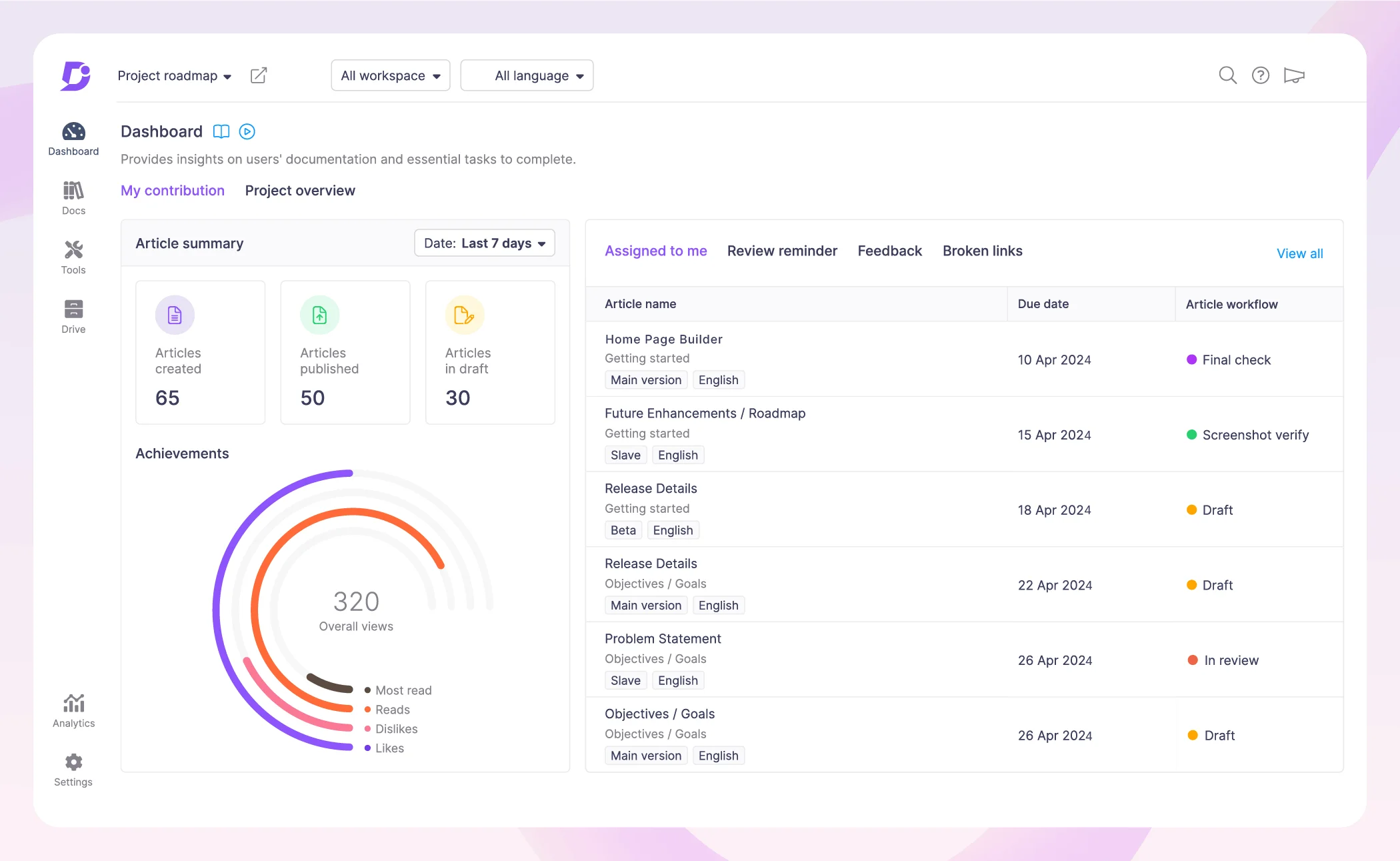

There are many reasons to choose Document360. For example, it offers a state-of-the-art search that enables customers to search for content they want to find. The publishing system is robust, allowing your team to collaborate together on documentation and preview your content before making it alive.
Document360 offers advanced analytics that give insight into the performance of your documentation, including demographics of the users.
With Document360, you can create more than one knowledge base to suit your needs. Every knowledge base can be extensively customized to match your company’s branding. Content is arranged in easy-to-move categories and subcategories that logically presents your content for end users.
An intuitive technical documentation software to easily add your content and integrate it with any application. Give Document360 a try!
GET STARTED



Adobe Illustrator (Image editing tool)


Adobe Illustrator is vector-based graphics software that lets you scale down your images for mobile screens or scale up to a large size without losing quality. Illustrator contains all the tools you need to create and manipulate images for both web and print. Illustrator makes it easy to share your work with others and get their feedback, even if they don’t have Illustrator installed.
Snagit (Video editing tool)
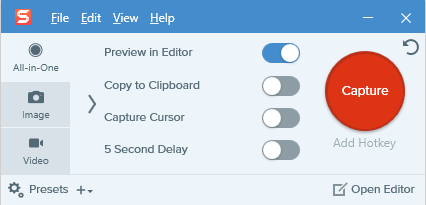

Snagit is a popular screen capture and recording software from Techsmith that lets you quickly capture your screen and camera, add additional context, and share images, GIFs, or videos across your preferred platforms. You can capture your screen, make adjustments including adding arrows, numbered steps or highlights. You can turn your camera’s videos into a GIF which makes for easy sharing.
Microsoft Visio (Diagramming tool)
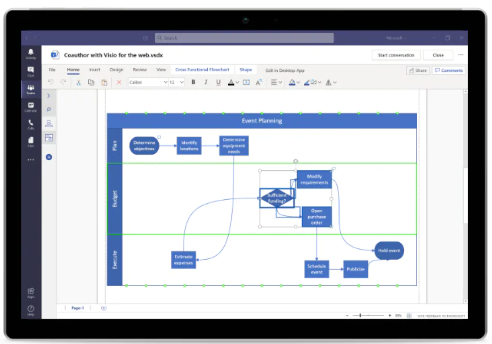

Use Microsoft Visio to create flowcharts and diagrams, letting your team collaborate on organizational charts and more. You can completely change the way you use and visualize data and you can better symbolize processes. Visio comes with dozens of ready-to-use templates and thousands of customizable shapes, making it easy and fun to create powerful visuals.
Windows Snipping tool (Snipping tool)
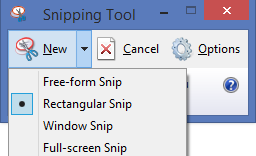

Snipping Tool is a Microsoft Windows screenshot program included in the operating system Windows Vista and later. Snipping Tool captures screenshots of an open window, rectangular areas, a free-form area, or the whole screen. You can then annotate your screenshot using a mouse and then store it as an image file.
Adobe Framemaker (Document processor)
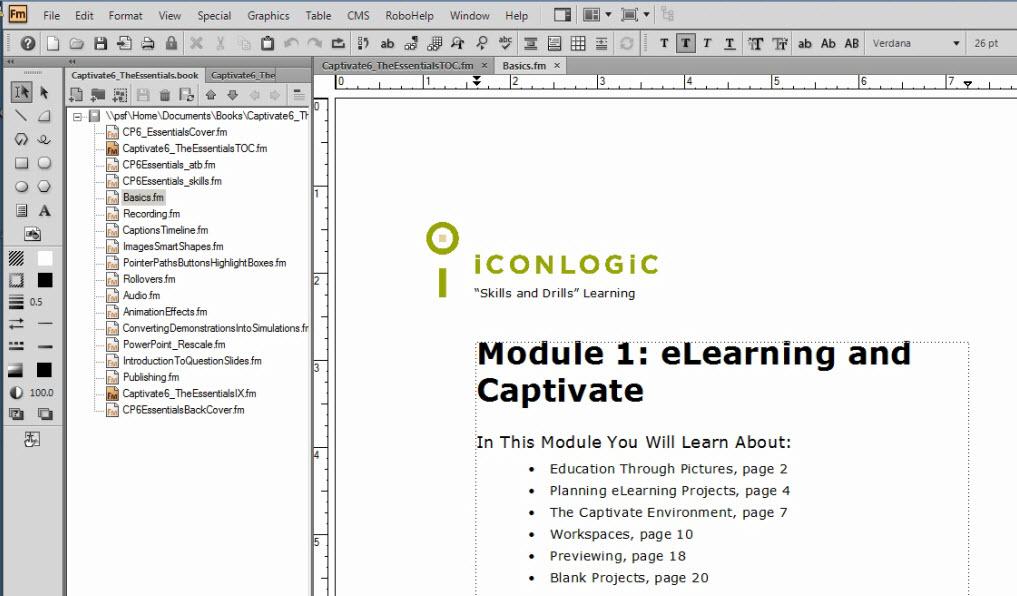

Adobe Framemaker is market-leading software for authoring and publishing technical content. You can author smart content using XML and DITA, creating rich, immersive experiences for your customers. It works well for migrating existing content from Word and can easily handle long documents with styling complexities. Framemaker allows you to collaborate with subject matter experts using online review capabilities.
Read more: 10 Most Popular Tools for Technical Writing
Stellar examples of Technical Manuals
Technical Manual sample created using Document360
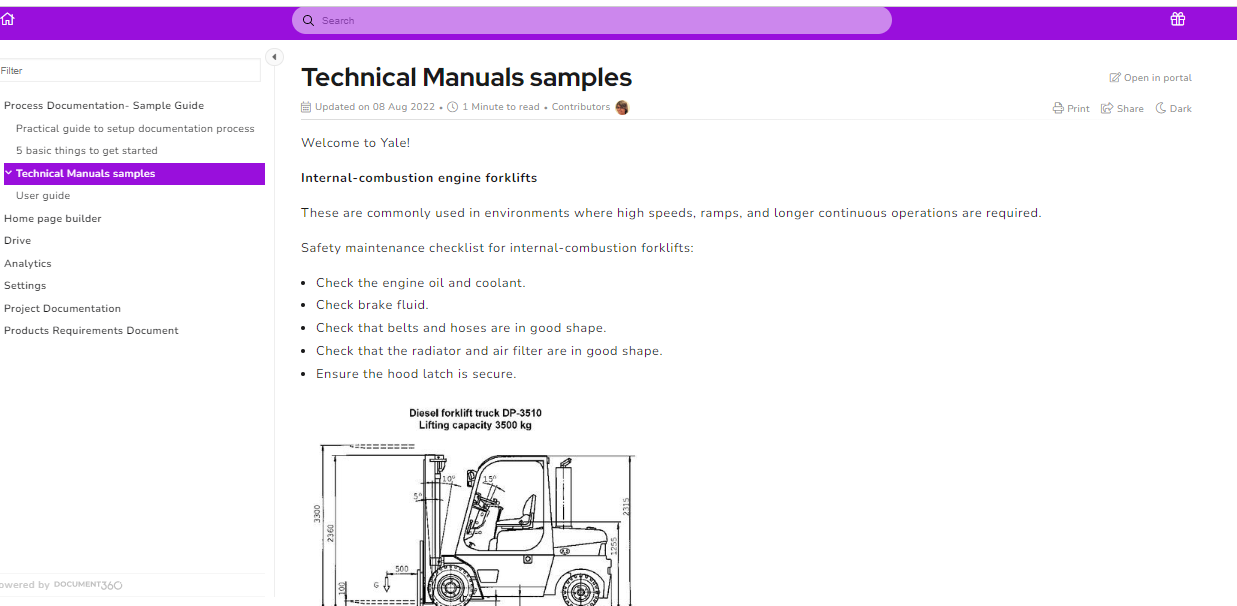

Software technical manual created using MS Word
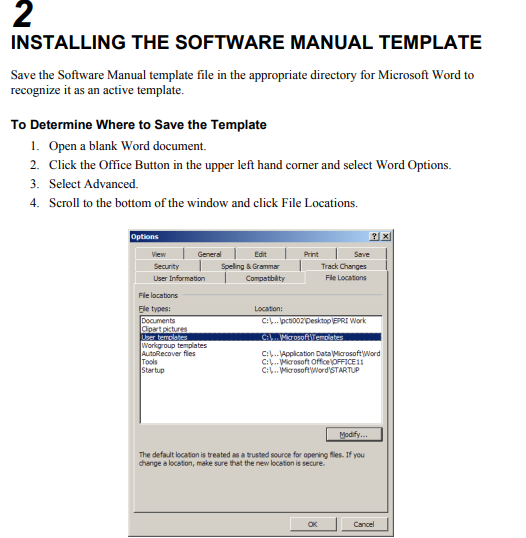

Are you Ready?
Creating your technical manual for your users takes time and effort, but it well worth it due to the returns it provides. Customer requests issued to your support team are drastically reduced as customers can troubleshoot any problems by themselves. Your brand’s reputation is enhanced as you become known for investing in the customer experience. Customer retention is drastically improved as it becomes easier for customers to understand and use your products.
If you follow the steps outlined in this article, you’ll be well on your way to constructing an outstanding technical manual for your users. Don’t forget that you need the right software, too – and this is where Document360 can help. Create a beautiful technical manual for your users and benefit from an outstanding publishing process and document review cycle.
Interested in Document360 Knowledge base? Schedule a demo with one of our experts
Book A Demo








